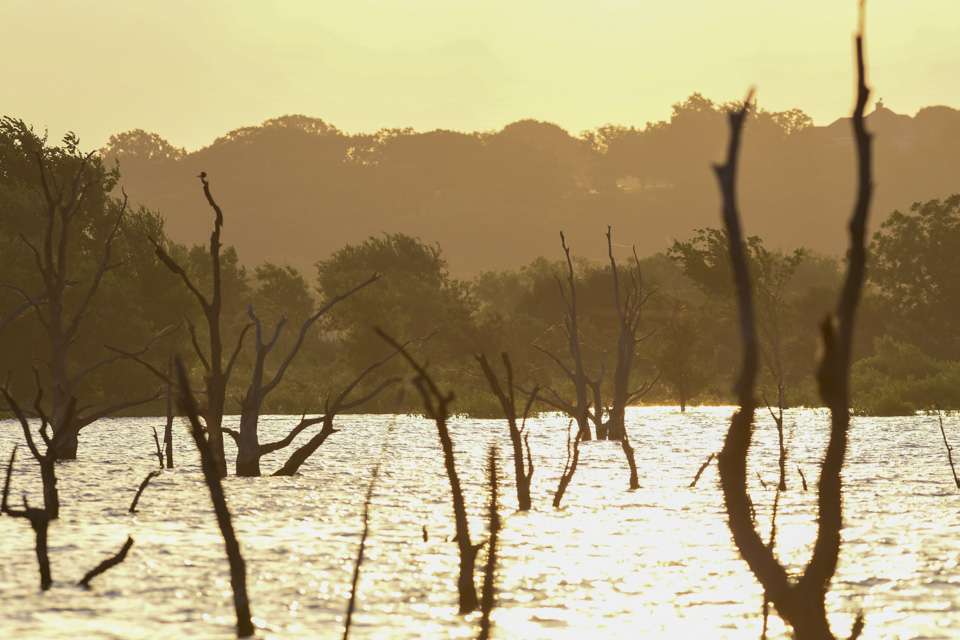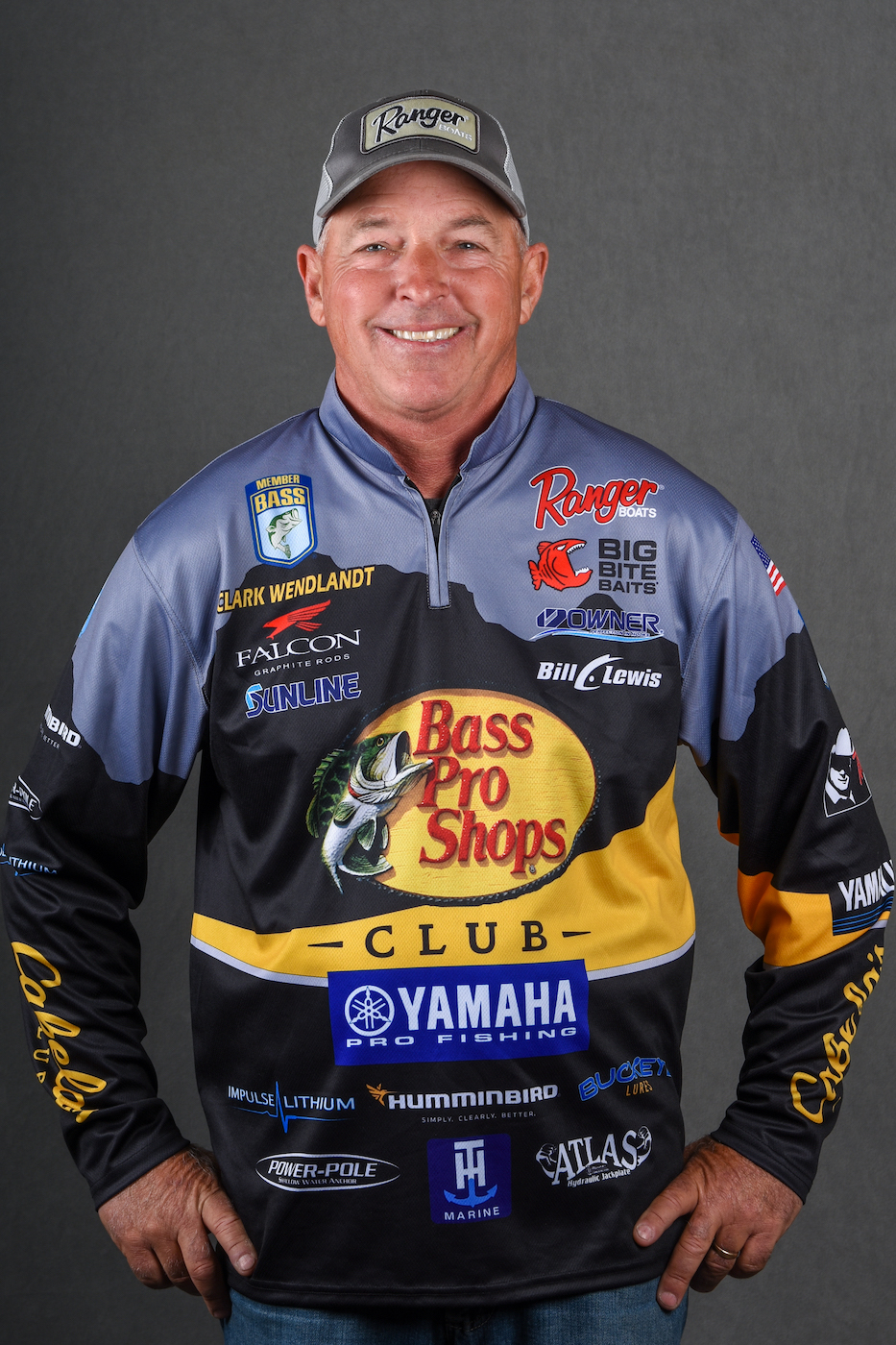
How specific should you get when developing a pattern, regardless of whether you are practicing for a tournament or on a multiday fishing trip?
Determining the degree of which a pattern is solid enough and how much time to devote to it is always a challenge when you’re trying to figure out a body of water.
The key, of course, is to get bites, but also to figure out if there’s a better pattern that might produce bigger or more bites.
For a practicing tournament angler, that can be a defining moment. Once you get a feel for something that works well, you must decide how hard to practice it to justify that it can hold up over competition.
That’s a mistake some anglers make. They spend too much time with one hot pattern and wind up winning the practice period but losing in competition.
As a pro, I shake off a lot of bites in an area to determine how many fish are there. Oftentimes I can determine the quality of the fish by how hard it hits and how heavy it feels when it swims off before letting go. If I don’t stick him, there’s a good chance I can catch that fish later in the week.
After I get a few bites in an area, I will look for that pattern elsewhere, but I sure won’t try to hit everywhere on the lake that matches up.
It makes no sense and can be a time waster; fish it long enough and in a few areas to get a feel it’s going to work, then go look for something else.
You never know how many anglers are looking at the same pattern you’re chasing. In big events that run three or four days, those fish will get beaten up, and you may have to have something else in your back pocket. Except under rare circumstances, one pattern rarely holds out for three or four days.
Besides, there are always multiple patterns that play during competition. Spend the rest of your practice looking for those secondary patterns.
For example, if the primary pattern is fishing shallow brush and docks, check out deeper stuff and perhaps points or channel bends. Maybe there is grass in the lake that holds enough fish to help you out during the week.
Monitor the weather forecast and factor in how it might change the fish during the week. Check out potential areas and patterns that could work if conditions change.
It’s no coincidence that most anglers have better practices than tournaments. During the practice period, they are free flowing and creative. But during competition, they get locked into one pattern and don’t use their brains.
So, by spending your time during practice defining primary patterns and investing adequate time in developing secondary patterns, you will be more confident and creative during competitive days if things go awry.

